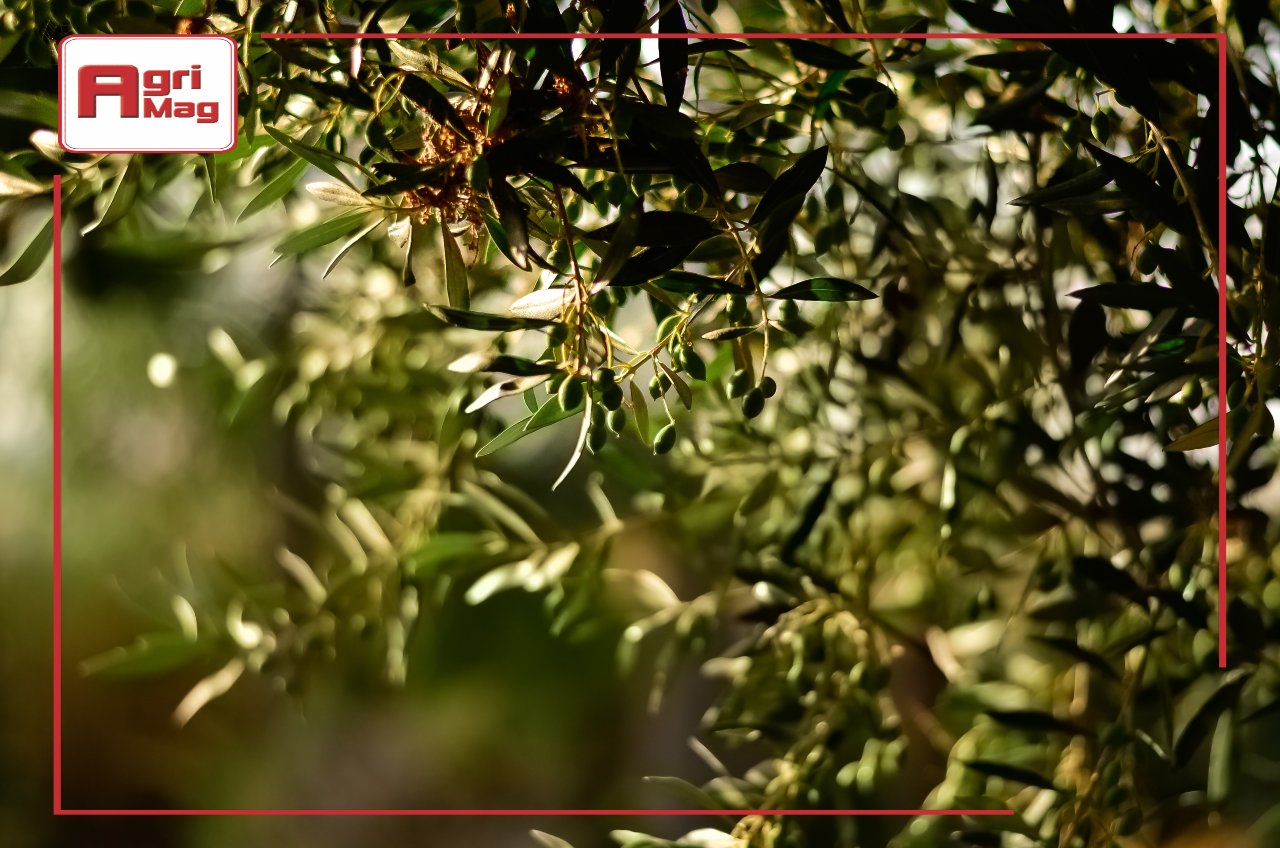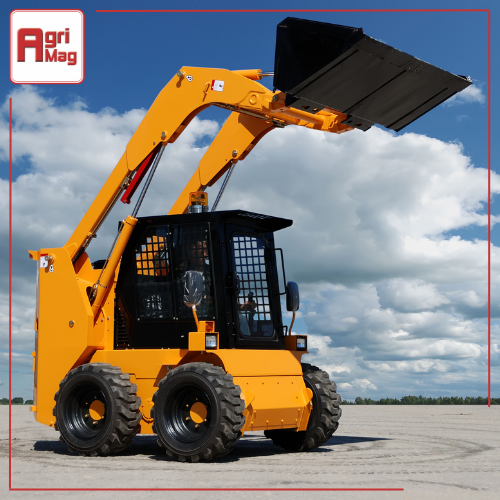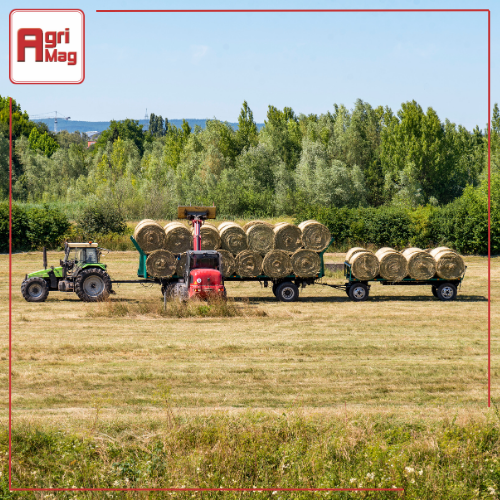
The ins and outs of olive farming in South Africa
Date: 24/02/2022
Olive farming in South Africa produces a range of high-quality products. From choosing the right cultivar to preparing the soil, there are plenty of factors to consider when you’re setting up an olive farm. Investing in the right equipment is also essential. Find durable equipment for sale on AgriMag and boost the efficiency of your business.
 Photo by Nazar Hrabovyi on Unsplash
Photo by Nazar Hrabovyi on Unsplash
Climate
Hot, dry summers and cool winters provide the best conditions for olive farming. This crop requires an annual rainfall of approximately 800mm. In dryer regions, irrigation can ensure that olive trees flourish. High temperatures and humidity increase the risk of diseases while frost in winter poses a threat to the survival of olive trees. However, olives are more resistant to wind than other fruits.
Soil
Drained and aerated soil is well-suited to olive farming. Wet soil puts the trees at a higher risk for root diseases. Prior to planting, the soil should be prepared to a minimum depth of 80cm, and the ideal soil pH is between 5.5 and 6.5. Stony soils with plenty of gravel provide the right conditions for this crop to thrive in. A soil analysis should be conducted prior to planting so that lime and phosphates can be incorporated into the soil as required.
Cultivars
There is a wide range of factors to consider when you’re choosing which cultivar to grow on your farm. The demand for specific types of olives will influence your decision. The suitability of the cultivar to the region you’re farming in, as well as the accessibility of planting materials, are other factors that you’ll need to consider. Popular cultivars include:
- Mission
This type of olive tree is common in South Africa. Its adaptability makes it a favourite choice among local farmers, and the crop can be used for olive oils and black table olives.
- Kalamata
This cultivar is challenging to propagate. Its crop can be used for black table olives.
- Frantoio
The crop is used for top-quality olive oil. This cultivar can also be used for cross-pollination with other types of olive trees.
- Manzanilla
Manzanilla is used for green table olives. These olives become soft once they ripen and their oil content is low.
Planting
Trees should be approximately 18 months old with a minimum height of 0.5 meters before they’re planted. Planting should take place at the end of winter or at the start of spring. While planting distances vary, olive trees are typically placed with four to five meters between them. Rows usually have six to seven meters between them. Once planted, a carton-foil tube is used to protect the trunk and stakes are used to provide additional support.
Irrigation

Photo By Osar on FreeImages
During the initial growing season, olive trees typically need between 15 and 20 litres of water every week. Irrigation depends on a range of factors, including the characteristics of the tree as well as the climatic conditions its being grown in. The soil and irrigation system that’s being used will also influence the amount of water that is provided to the orchard. Double line drippers are a popular irrigation system used by South African farmers. Micro-sprinklers are another common option.
Weed management
Weeds decrease the availability of nutrients and moisture for the olive trees. Placing a thick layer of mulch between the tree rows can reduce the growth of weeds. Regular mowing and herbicides are also used to control weeds.
Now that you know more about olive farming, you can get your business off to a great start. Find reliable equipment for sale on AgriMag and set your farm up for success.
Categories:
Common category
Category Search:
Latest articles:

What to Look for When Buying a Skidsteer Loader for Farming

Why Planning Early for the Planting Season Pays Off

Why Winter Feed Management is Crucial for Livestock Health



